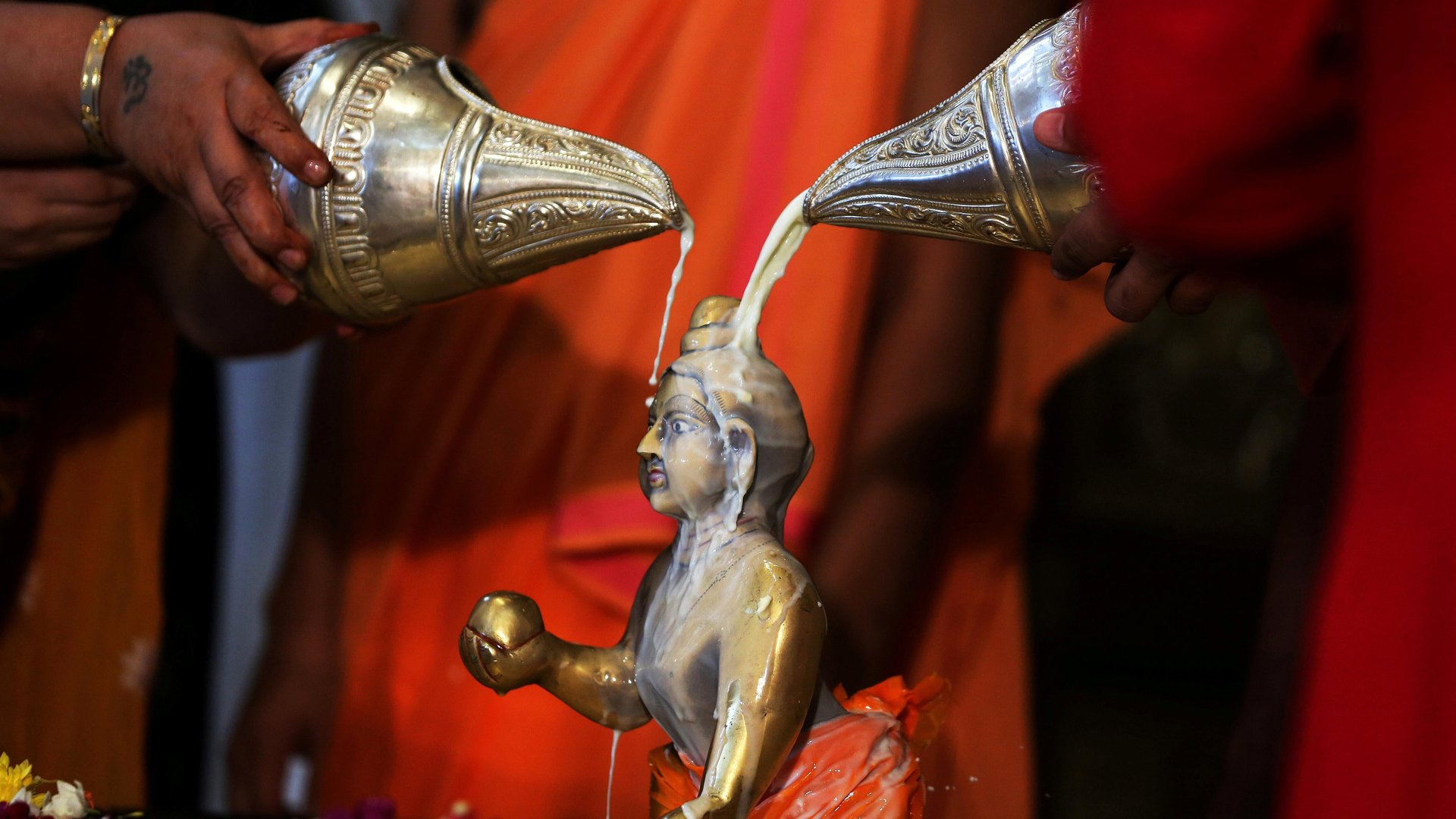Milk prices are soaring in India, its largest producer in the world
Underfed calves of 2020 are now producing less and poor quality milk

Milk prices have risen about 6.5% on average over the past year in India. It has risen every month at a rate that was more than double that of the pre-pandemic trend.
Since the covid fears subsided, milk inflation has constituted about 6% of overall inflation, according to Mumbai-based Emkay Global Financial Services. While provisional headline inflation for February stood at 6.44% (pdf), milk inflation was at 9.65%.
Since 2022, the price of a litre of India’s popular Amul brand full-cream milk rose from Rs58 to Rs66 in Delhi, according to Gujarat Cooperative Milk Marketing Federation. This was the highest rise in almost a decade.
“In the past few months, milk prices have risen by 14% to 15%, much more than inflation. But if you look at the past three years, it is less than 7%...” RS Sodhi, president of the Indian Dairy Association and former managing director of Amul India told The Times of India last week.
India is the world’s large milk producer, accounting for 24% of global production in 2021-22. Growing at a rate of more than 6%, India produced 210 million tonnes of milk in 2020-21.
Why are milk prices rising in India?
The spike is linked to rising input costs, the disruption caused by the pandemic, and global prices, experts said.
Demand for milk dried up during the covid-19 lockdown in 2020 as hotels, sweetshops, and canteens closed down and weddings and other public functions got cancelled or curtailed. Prices of milk, cheese, butter, and skimmed milk powder, also crashed.
This compelled dairy farmers to hold limited livestock. Even the calves and dry cattle they were left with were mostly underfed. Those calves are now the milk producers but their produce is of low quality and quantity.
Besides, there are demand and supply concerns as well. “This is a demand-supply situation because, during Covid-19, farmers suffered due to less demand. In the past year, input prices, that is feed cost, increased by 20% to 25%,” Sodhi said.
Cattle feed has turned expensive due to costly cottonseed, rapeseed, groundnut extractions, soyabean, maize, rice bran, and molasses. Last year’s outbreak of lumpy skin disease in cattle also hit output.
Besides, as the economy reopened after the pandemic lockdown in 2021, India began exporting milk and associated products like butter and clarified ghee at high international prices. This created a milk shortage domestically, and in turn, led to a price hike at home.
